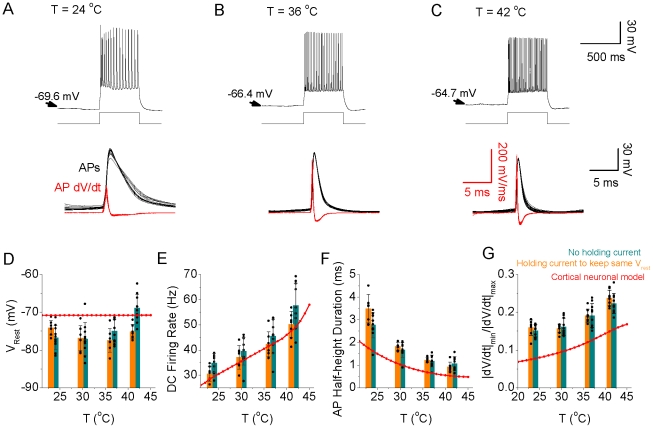Figure 9. Increasing temperature increases neuronal responsiveness in layer 2/3 entorhinal cortical pyramidal cells.
Intracellular recordings from a layer 2/3 pyramidal neuron to a DC input (150 pA, 500 ms duration) at a temperature of 24, 36, and 42°C respectively (A–C). Note that the neuron not only increases its firing rate, but also decrease its spike duration, to the current pulse with an increase in temperature. The dV/dt of action potentials shows a gradual increase of the peak rate of rise and fall with increases in temperature. D–G. Bar graphs illustrating that increasing temperature results in a depolarization of the membrane potential (cyan bars), an increase in spike rate, a decrease in single spike duration, an increase in the ratio of the absolute minimal dV/dt to maximal dV/dt, respectively. Similar effects were obtained when the depolarization of the membrane potential that was particularly prominent at 42°C was kept relatively negated by adjusting the holding current (orange bars). As a comparison, the cortical model results for a DC input (1×10−2 pA/µm2, 500 ms duration) are represented by the red line.

